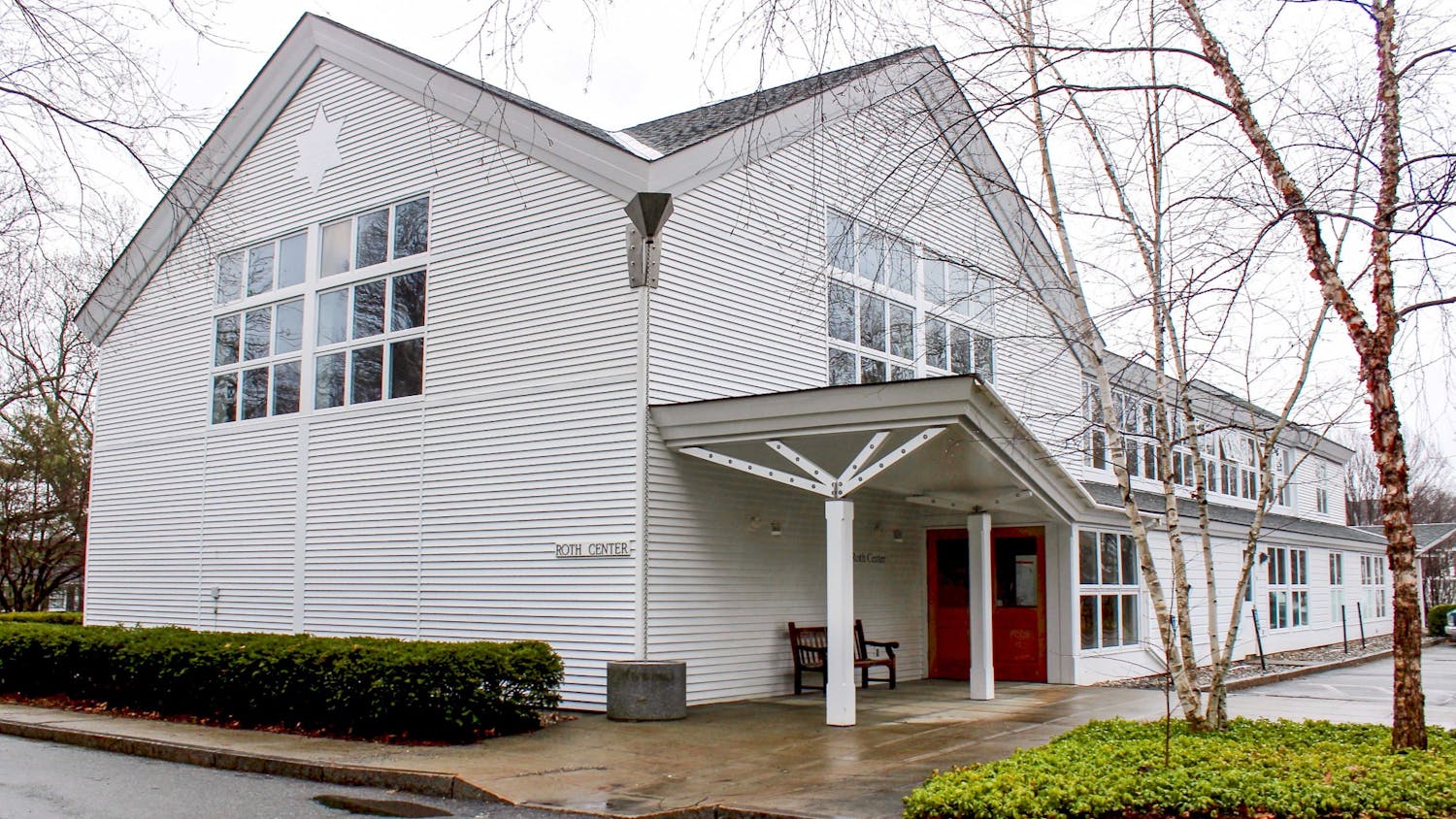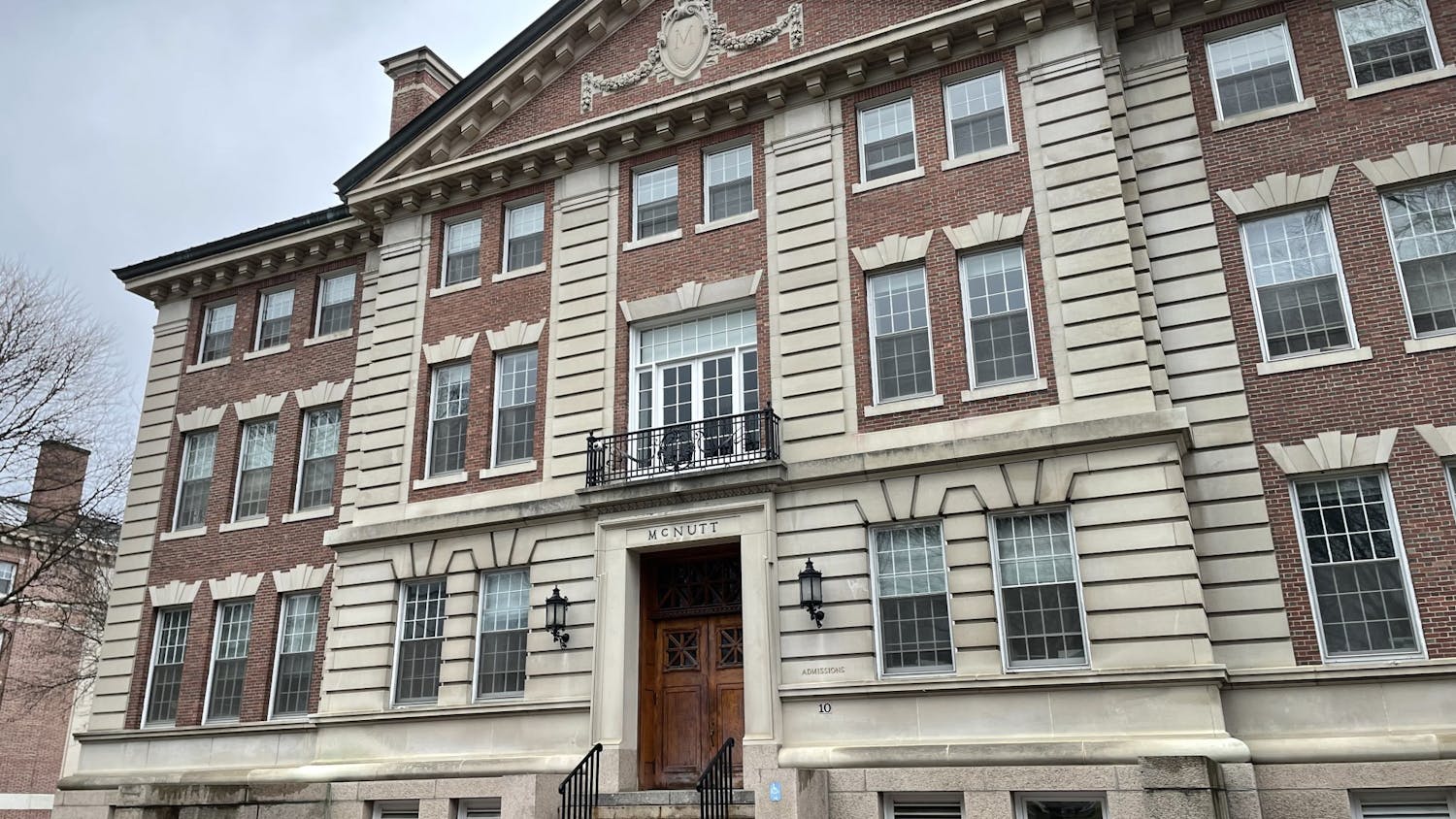One of the debates about the nature of space focuses on the question of whether space has any mass. Recent observations have found that 70 percent of the mass of the universe is made up only of the density of space itself, Wilczek said.
Research testing the actual materials in the space around us, however, has found them to have smaller actual densities than current models predict, he said.
"The trouble [with] simple estimates of the density is that they are much too large," he said. "Although some density has been found, it's much smaller than it should be."
The debate about what space is made of has ranged from Aristotle's conception of space he considered it an entity similar to yet still distinct from matter to Lucretius' theory that space was an empty container for particles, Wilczek said. Descartes held the view that space was an "invisible ocean," in accord with the period view of the world as a mechanical system, he said.
The modern view of space includes four distinct components: fluctuations in energy, the joining of quarks and antiquarks, the presence of strong-weak conductors and "rulers and clocks," Wilczek said.
"We're in a very special moment of history, because we are like fish who finally realized we were living in water," he said.
Wilczek calls his view of space the "Grid." The Grid's component parts form two layers: the "effervescent grid" and the "material grid," he said.
The effervescent grid is made up of spontaneous activity that occurs between magnetic and electrical fields, he said. Quarks cause disturbances in the field that the field resists, compressing the quarks, according to Wilczek.
These fields have a "life of their own," but because our eyes have not evolved to see the small distances and lengths of time that capture these disturbances in fields, we must use computers to visualize them, Wilczek said.
"This is an actual picture of the activities that take place in what appears to be empty space," he said, referring to an image of a computer simulation. "It looks like a lava lamp, but what you are actually seeing are the fluctuations in the energy in the gluon fields a sort of analog of electric and magnetic fields interactions."
In addition to these fluctuating fields and the disturbances of the fields that we see as particles, there are also more stable materials that occupy space, Wilczek said.
Wilczek said one part of the material grid is the pairs of miniscule particles quarks and antiquarks. When they combine, they produce an exothermic reaction, releasing more energy than is initially put in.
"Space fills up with such things, and the only thing that stops it is that when you have a high density being produced, they repel each other and at some point there is no room for more," he said. "What we perceive as empty space and take for granted as our surroundings is actually full of quarks and antiquarks formed into pockets, which are little molecules, and they are all around us and they effect the way things move."
Although experiments have not observed strong-weak superconductors, physicists postulate that they exist because they are a valuable explanatory and predictive tool. In the same way that microwaves were theoretically proposed before being observed, strong-weak superconductors explain the results of current theoretical models.
Rulers and clocks, another material of the Grid, are "nature's bureau of standards" according to Wilczek.
"This entity gives you a reference length and a reference time," he said.



